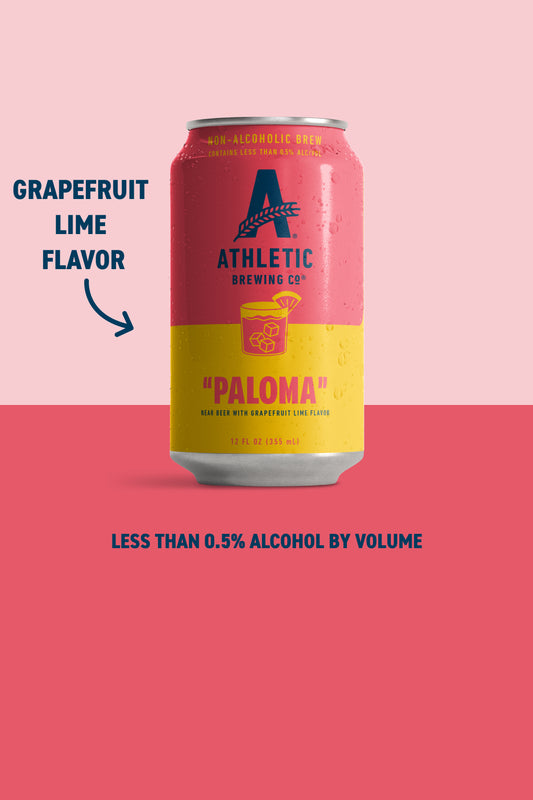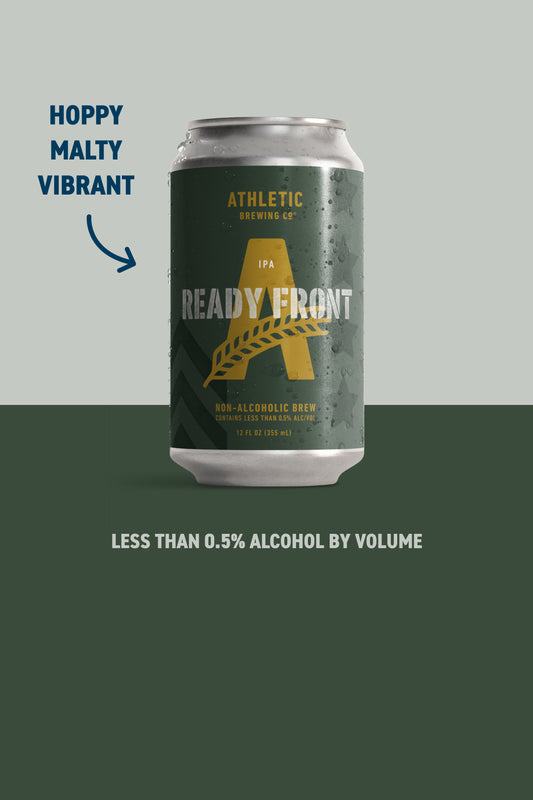Ambassador Ashly Winchester traveled to the other side of the globe to participate in the toughest race in the world, she didn’t expect to come back with an important message. This article is written by Ashly Winchester.
Climbing Towards Climate Change
On August 15th, 2022, I got an official invitation to visit the small Kingdom of Bhutan to run a very special race. The race, called the Snowman Race is a five-day stage race that traverses 125 miles of the Bhutanese Himalayas. Honored to have been invited, I quickly learned that this would potentially be the most challenging adventure of my life. And believe me, I know a thing or two about challenging outdoor endeavors.

Due to the extreme elevation and remote nature of the environments the route passes through, the Snowman Race has been touted as the “toughest race in the world.” The course follows Bhutan’s most popular and most challenging trek, the Snowman Trail. This route has been used for hundreds of years for movement and trade between the highland people of Bhutan. However, it’s far from a manicured trail, it’s more of an idea of a route that has been woven into a network of trails by pack horses, yaks, and their handlers. More people have climbed Mount Everest than have completed the Snowman Trek.
Starting at an elevation of about 8,000 feet in the small village of Gasa, the first day covers approximately 29 miles and ascends to over 16,000 feet of elevation. The highest point of the race is the starkly beautiful Gophula Pass, seeming to touch the sky at nearly 18,000 feet, on day three of the race. Each night is spent in tents at different locations along the route in below-freezing temperatures and at high elevations. It takes four to six days for each camp to be carried into its location by teams of ten people and 20-plus horses.
I got my invitation late. Due to the pandemic, the Bhutanese government delayed the inaugural race from 2020 to 2022, this necessitated a change in participating athletes. I was one of the few who got the invitation only a few weeks before the race was to take place. Not a lot of time to prepare, but I wasn’t about to turn the opportunity down.
In what felt like too short a time, I found myself stepping off a small Druk Air jet onto a short runway in Paro, Bhutan alongside 21 other international athletes as well as the international race organizers. After a week of cultural immersion, local hikes, tourism, meet-and-greets with government officials, getting to know each other and the Bhutanese athletes, and many hours of bus travel, we arrived near the startline of the race. The race was to start at a venerable fortress built in the 17th century, called the Gasa Dzong.
The Bigger Picture
The most common reaction I got when I told people that I was going to Bhutan was, “Where?”
When most people think of the Himalayan mountain range, they think of Nepal, and for good reason; Nepal hosts the world’s tallest mountain, after all, and most everyone knows about Mount Everest. What a lot of people don’t realize is that the Himalayan mountains stretch far beyond Nepal’s borders, running through five different countries.
Bhutan is nestled between the world’s biggest polluters, and suffers the devastating effects of climate change as a result. However, the King of Bhutan, His Majesty Jigme Khesar Mangyel Wangchuck, has an unyielding dedication to taking action against climate change.
Bhutan is the world’s first carbon-negative country. This is primarily due to the extensive forests that cover more than 70 percent of the land. The expansive forests act as a carbon sink, absorbing more carbon than the kingdom produces. Despite that, the small kingdom is suffering the brunt of climate change. So His Majesty The King of Bhutan has taken it upon himself to bring awareness to what is happening to his people and the land they love.

Having trekked the Snowman Trek four times himself, the King of Bhutan has seen the impact of climate change on his people of the Highlands. He wants others to see what he sees, to meet the people of the land, and to understand how dire the situation is. Who better than trail runners to be his ambassadors for climate action? We care deeply for the wilderness spaces we run through, and as such, many of us are already climate change activists. We also deeply care about community.
The King of Bhutan set a plan in motion to create the world’s toughest race traversing his beloved Snowman Trek and began inviting the toughest runners in the world. Call it luck, destiny, or whatever you may, but somehow I was amongst the runners who received an invitation.
Toeing the Line

I felt nervous as I toed the start line, as I usually do. I had high expectations for myself going into this race, but the terrain, animals, and weather that we could encounter were wholly unfamiliar. I have spent plenty of time in the mountains and at high elevations, but the Himalayas were a different beast, and I didn’t know its secrets yet.
I had been immersed in the magical world of Bhutan, in the beauty of its culture, only to be slingshotted even further into the depths of the land. My privilege does not escape me, and I felt emotional as the pop of the gun sent us along the course. I jogged out the first 12 miles until the dirt road we were on narrowed to a muddy, single-lane trail weaving alongside the Mo Chhu river. The trail turned sharply uphill through muddy rainforest, eventually leading us to a wide glacial valley.
I had intentionally saved my energy through the day, carefully avoiding the dreaded “bonk” that us runners experience when we burn ourselves out. I slowed even more as I came upon a runner in distress. I stopped to help them and to make sure they were able to receive help. This put me far behind schedule and far behind the other runners. I was able to leave them at the Royal Bhutanese Army checkpoint, where the soldiers were able to take care of them.
Continuing on my way, I power hiked into the twilight and then into the purple-dark of night. Soldiers were stationed along the course to make sure all runners made it to the first camp, and they followed me as I navigated to camp. I felt good upon arrival, and a compulsory medical check showed that I was fit to continue on to day two. I was late, but not late enough to be disqualified from the race.

Photograph by Bryon Powell
I woke up before my 4 o’clock alarm the following morning. I exited the tent and was immediately transfixed by the view before me. When I had arrived the night before, the mountains surrounding the camp had been cloaked by clouds and darkness. In front of me stood vertical cliff faces reaching ever upwards, touching the roof of the azure sky with their icy eminence. The peaks were skirted by crevassed and calving glaciers. A giant glacial moraine lined one side of the valley below, a sure sign that the peaks’ icy skirt was once much larger.
Day two started with a short steep climb, then we traveled through rolling terrain before ascending to a pass at 17,000 feet. I climbed slowly, and when I reached the top of the pass I knew that my time at the Snowman Race was likely coming to an end. I knew I could finish day two with plenty of time to spare, but what about day three? The numbers reading out on my watch were not optimistic. Day three would start with over 20 miles of uphill to a summit of nearly 18,000 feet. The pace that I was able to maintain would not be fast enough to complete the day before the cutoff, and I would be disqualified from the race.
This is where things become difficult as an athlete. Making the decision to stop early in the race while still feeling relatively good is a painful decision to make, but one I had to consider. Being deep in the wilderness of the Himalayas is not a place for one to push themselves beyond their limits. And if I got disqualified at camp three, it would likely be eight additional days before I reached civilization again… making me miss my flight home.
I came to the conclusion that I should probably turn around and return to camp one. It was an emotional decision, but it felt rational to me. I hiked back to camp with two other athletes who had also decided to withdraw from the race at the top of the pass. We were greeted at camp by three other athletes who made the same decision earlier.
I sat in the mountain sun and breathed in the thin air as I soaked in the mountains around me. Massive peaks towered above the glacial creek in the valley below. I reveled in it, and reminded myself why I was there – to be an advocate and ambassador. This wasn’t about me, this was about the bigger picture; something much larger than any of us. After being immersed in the traditions and the lands of Bhutan, I could easily say that I fell in love with the mountains and the trees, the culture and the colorful people. I cared deeply about this enchanting kingdom.
We all relaxed and were eating lunch in the sunshine when one of the athletes, Gabe Garcia, brought an Athletic Brewing Upside Dawn out to share. I couldn’t help but smile, of course there would be another Athletic Ambassador out there! What a perfect place to enjoy a nonalcoholic brew, it was a moment worth sharing with my fellow athletes.

Choices Make a Difference
My choice to drop from the race was a difficult one, I had to think critically about my decision and come up with a solution that was smart for me, as well as the race organization. It makes me reflect on all of the choices we make on a daily basis that we don’t think much about.
Like a race, or a trek, or a fastpacking adventure, progress is made one step at a time. Change is made in small increments. Climate change may be a big problem to tackle, and as individuals, it’s tough to think that our actions can have much of an impact. But you can make a difference every day by making choices that are in alignment with your values. That’s one of the reasons I love being an Athletic Brewing Company Ambassador – Athletic has a value system that is parallel with mine.
Small steps to make a difference could be to support companies that embody the same ideals as you, such as companies that are Certified B Corps, and that are invested in preserving the environment and improving our access to wild spaces, like Athletic’s Two For The Trails Grant Program.
We don’t see a lot of countries as dedicated to climate action as Bhutan. The small kingdom is setting an example that many countries could learn from. But in many ways, it’s up to us to make a difference by taking action, however small it may be.

Some steps to consider could be to pressure the organization you work for to adopt practices to reduce waste or recycle, or even go as far as becoming Certified B Corps. If you own a business, consider doing the same. Becoming a Certified B Corps company will help you drive your business forward with purpose, knowing that you have a positive impact on the world and community. Another option could be to donate or volunteer with local organizations. And as always – vote.
"Throughout the centuries, the Bhutanese have treasured their natural environment and have looked upon it as a source for life. This traditional reverence for nature has delivered us into the 20th century with our environment still richly intact. We wish to continue living in harmony with nature and to pass on this rich heritage to our future generations." -His Majesty Jigme Khesar Namgyel Wangchuck


























 Your Privacy Choices
Your Privacy Choices











